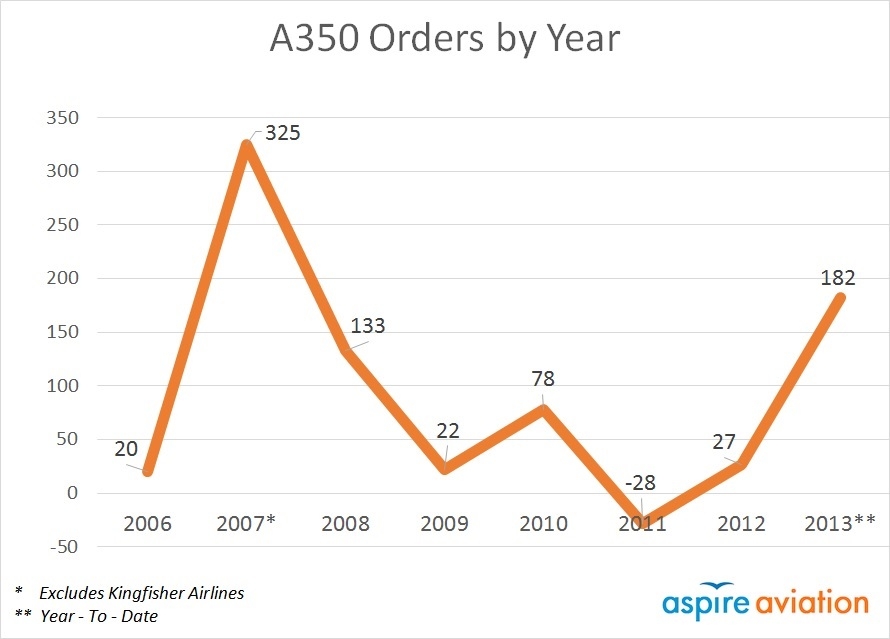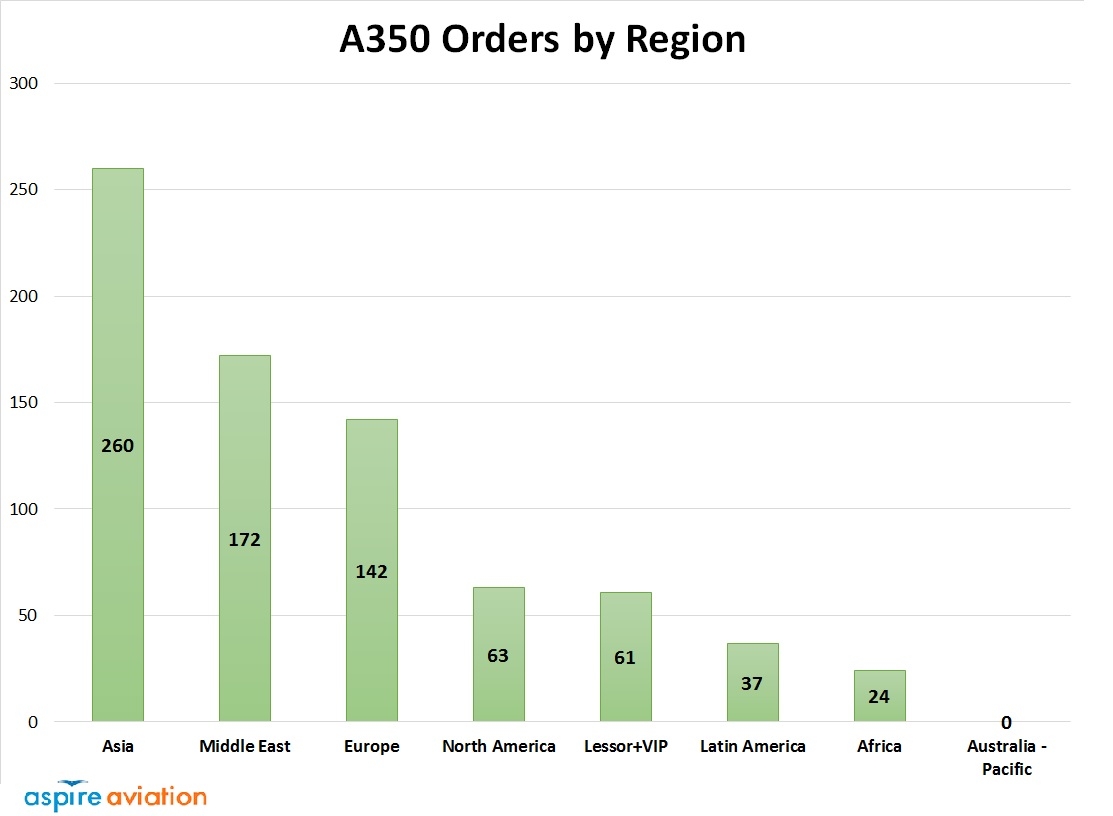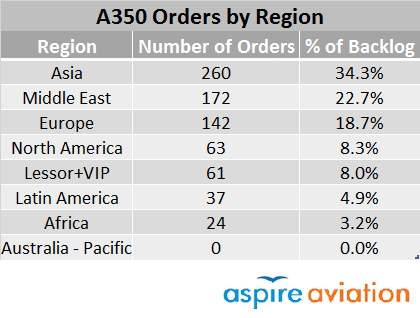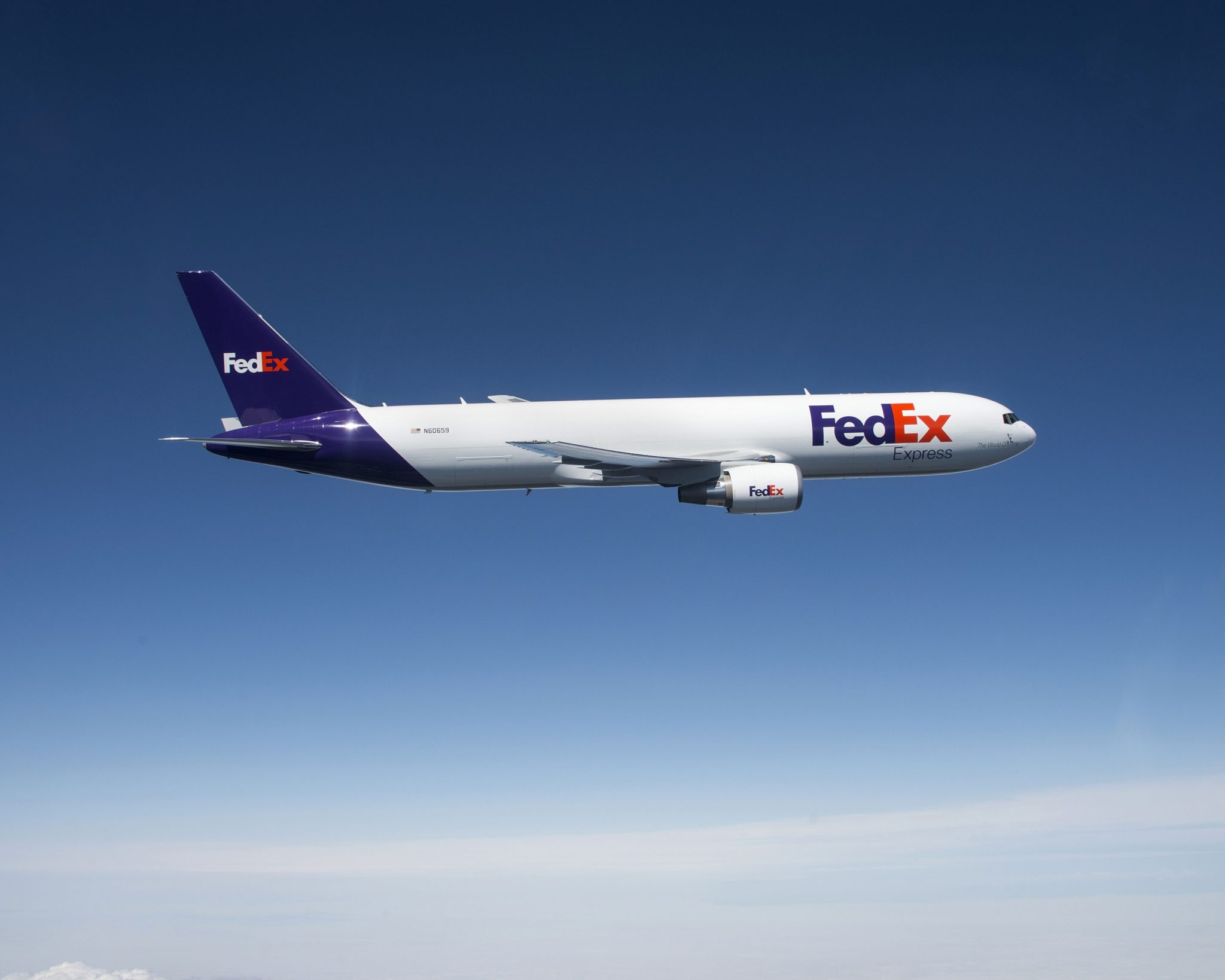Leeham News and Analysis
There's more to real news than a news release.
 Leeham News and Analysis
Leeham News and Analysis
- Does an A220-500 need a new wing and engines? Part 4. July 3, 2025
- GE testing of giant GE9X engine aims for maturity at entry into service June 30, 2025
- Bjorn’s Corner: Air Transport’s route to 2050. Part 28. June 27, 2025
- Parent agency, FAA often at odds as politics outweighs safety June 26, 2025
- Electric Flight and the Ugly Duckling June 25, 2025
Guarantees, commitments and marketing claims
March 25, 2015: When the early Boeing 787-8s emerged overweight and falling short of the marketing claims, Boeing said that nonetheless the fuel burn and performance guarantees to customers would be met.
When we revealed the first flight test performance results for the Bombardier CSeries, BBD acknowledged fuel burn and noise results were better than guarantees and meeting the “brochure” numbers.
With questions raised over the CFM LEAP-1B fuel burn at this stage of development, Boeing responded by saying it will meet customer “commitments.”
What does all this jargon mean? We interview a Marketing Executive, experienced in aircraft evaluations to find out. Read more
Posted on March 25, 2015 by Scott Hamilton
Bjorn’s Corner: Intro, LCC long range and CFM’s LEAP
March 19, 2015: This is the first version of my Corner where I will comment on the aeronautical world as I see it. It will be a mix of tech things (I am an engineer) and my view on things from my European vantage point. Enough on reason and style; lets get started.
LCC goes long range: After AirAsiaX and Norwegian, now Ryanair is going long range, according to Irish Times (or not; the latest news from Robert Wall of The Wall Street Journal is that the board has not approved a long range business plan).
Be that as it may with Ryanair, the key thing is that what happened to the majors on short haul is about to hit them on long haul as well. Short haul LCCs brought about a change in airline economics and in single aisle aircraft. The LCCs, followed by Ultra LCCs, started the trend to denser and denser configurations where the latest trends are sub 29 inch pitch slim-seats and lavatories that started at 37 inch getting slimmed to 31 inch. It has also brought about changes in galleys and emergency exits configurations, all leading to aircraft with higher and higher capacities.
Posted on March 20, 2015 by Bjorn Fehrm
Odds and Ends: Why radar tracking is insufficient; 787 and batteries; 777 Classic sales
Radar tracking: This story from the Financial Post in Canada explains why radar tracking of airliners is insufficient and a better way is necessary. This also explains why better, more accurate coverage can save the airline industry gobs of money.
Gosh–instead of making a safety argument and lives saved, maybe focusing on money saved will spur some action….
787 and batteries: Aspire Aviation takes a deep look at the 787 battery report from Japan’s investigative agency
777 Classic Sales: Boeing ends 2014 with around 60 orders for the 777 Classic, at the top end of the 40-60 annual sales officials say is needed to maintain production rates at the current level of 100/yr. Dan Catchpole of The Everett Herald has an interview with Randy Tinseth, VP-Marketing of Boeing, who discusses the prospects of maintaining this pace until 2020, when the successor 777X enters service.
Posted on December 29, 2014 by Scott Hamilton
Odds and Ends: Boeing’s bonus to Charleston workers; E-Jet E2 EIS; IAM and Airbus; Fending off A330neo
Boeing’s bonus to Charleston workers: We’ve ignored the continuing workmanship stories of Boeing’s Charleston plant on the 787 for the past months as Norwegian Air Shuttle, LOT and Air India continue to have problems with the airplane. We figured there has been more than enough written about the program difficulties, so we moved on.
But the stories that Boeing is offering bonuses to Charleston workers to get the job right is something we feel compelled to comment on. The Seattle Times has this story.
It’s a bit of wonderment that Boeing finds it necessary to incentivize workers to do their jobs correctly, providing a bonus that is greater than those given to the Everett workers who have to fix the poor workmanship of Charleston. Typically, bonuses are given to workers for going above-and-beyond, not for merely doing what they are supposed to do in the first place.
The continuing issues with Charleston are waved away as “things are going according to plan,” and “traveled work is expected.” If this is “according to plan,” then the planner should be canned. Of course, we know this is merely corporate rhetoric dodging the question and strains credibility.
And back at Everett, those early 787s, known as the “Terrible Teens,” are still problem children, according to this report on public radio station KUOW.
EMB E2 timeline: Embraer has clarified its entry-into-service for the E-Jet E2. Flight Global reports that an official said the E-195 E2’s EIS will be the first half of 2018 (which was previously specified) and the E-190 E2 and E-175 E2 will follow in the first half of 2019 and 2020 respectively. Previously, EMB hadn’t been this specific about the EIS of the sibling models, saying only EIS would be in 2019 and 2020.
Union attempt at Airbus: To absolutely no surprise, the International Association of Machinists will attempt to unionize the new Airbus Mobile (AL) plant, reports The Street. IAM will also attempt to re-organize Boeing’s Charleston plant, which was once an IAM shop but de-certified in advance of the second 787 assembly line being located there. The Charleston Post and Courier has this story about the union plans there.
Conspiracy theorists in the IAM 751 suggested a quid-pro-quo between the International IAM: Boeing neutrality of re-organizing Charleston in exchange for the 777X contract vote.
Fending off A330neo: Aspire Aviation has a long piece about the prospective Airbus A330neo and how Boeing can fend off this potential competition.
Icing Up: This isn’t aviation (unless you consider this a satellite photo), but we are just fascinated by this picture of the Great Lakes in the US Midwest. The Great Lakes are 80% iced over.

Posted on February 21, 2014 by Scott Hamilton
Odds and Ends: Looking ahead in 2014; Boeing letter to Machinists; TWA retro choice; Screw it, let’s do it on Virgin [plane]
Looking ahead in 2014: We wrote this outlook for 2014 for CNN International Travel. More seats, more fees, quieter year.
IAM 751 members vote Friday on the ‘777X contract.‘ Here is a letter dated December 27 from Boeing to the Machinists making the case to vote for the contract.
It is the TWA Twin Globe livery that is the clear choice by our Readers for American Airlines to select for a retro livery.

Source: Photobucket.com. Convair 880
TWA’s last livery was a distant second. (We didn’t particularly like this design.) The design should probably go on an MD-80, the derivative of the DC-9 on which the Twin Globes livery appeared.
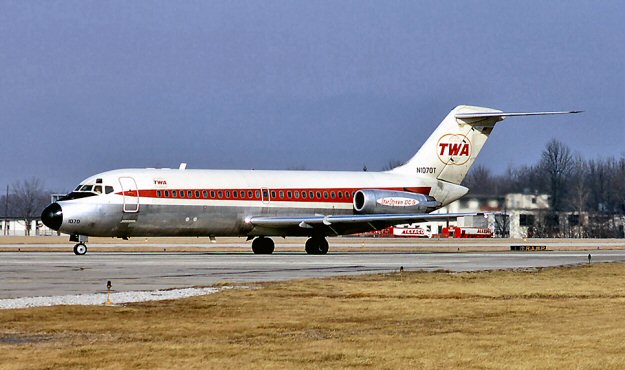
Source: Ed Coats Collection. Douglas DC-9-15.
Which TWA livery should join American Airlines’ fleet as the “heritage” airplane?
| Answer | Votes | Percent | |
|---|---|---|---|
| Boeing 707 Twin Globes Livery | 944 | 53% | |
| Final Blue/Red/Gold Livery shown on Boeing 757 | 427 | 24% | |
| Red Stripe, Solid Tail Livery shown on Boeing 747 | 165 | 9% | |
| 1950s Livery seen on Lockheed Constellation | 158 | 9% | |
| Boeing 707 Delivery Livery (no Twin Globes) | 56 | 3% | |
| Reverse Red livery shown on McDonnell Douglas MD-80 | 23 | 1% |
In other news and irreverence:
- We’re chuckling at this one: The slogan “Screw it, let’s do it” is on a Virgin [airplane, that is]. Check out this story on CNN International Travel.
- Readers know we like going to the polar regions–we’ve been to Alaska’s Arctic Circle and to 80 degrees north in Svalbard. But this is not something we care to endure.
- Today is the last day to vote in our polls concerning the IAM-Boeing ‘777X Contract.’ We’ll post the results before the machinists begin voting on Friday.
- Aspire Aviation has a long profile on the 777X here.
Posted on January 1, 2014 by Scott Hamilton
Odds and Ends: Boeing’s MAX to China; Airbus sees no order bubble; Boeing’s wide-body dominance; BBD’s risk
Boeing’s MAX to China: The absence has been conspicuous, but no more: China will take 200 737 MAXes, according to Reuters. It will be interesting to see what delivery slots becoe available. Boeing always holds open some slots for key customers, but the real opportunity is boosting production, as Boeing CEO Jim McNerney alluded to on this week’s earnings call and which we reported back in June. We’re looking for 737 rates to hit 47/mo by the time the MAX enters service in 2017 and 52/mo two years later. This will open slots for China and other customers that otherwise aren’t available until 2020.
Airbus sees growth: Fabrice Bregier sees no order bubble because the company expects annual passenger growth of 5%, reports USA Today. The comments come on top of Airbus’ USA suppliers conference.
Boeing’s wide-body dominance: Boeing has for decades dominated the wide-body market in its rivalry with Airbus, but this has narrowed to parity this year. Aspire Aviation has a long analysis (best printed out) concluding that Boeing’s dominance depends on the success of the 777X.
Bombardier’s risk: CEO Pierre Beaudoin gives his thoughts about the risk BBD is taking with the CSeries, in this interview in Maclean’s.
Posted on October 25, 2013 by Scott Hamilton
Analyzing A350 backlog: special to Leeham News and Comment
Special to Leeham News and Comment:
Vinay Bhaskara of Aspire Aviation has provided the following analysis of the A350 XWB sales, on a variety of metrics, exclusively to us.
Analyzing the A350 Backlog
With the recent order for 31 A350s from Japan Airlines, we thought it would be instructive to take a look at the A350’s backlog. To date, the A350 has won 759 orders from 39 different customers (we are excluding Kingfisher Airlines in India and its order for five A350-800s – Kingfisher has been shut down for more than a year now, and it’s chances of re-starting appear bleak).
After slow sales in 2011 and 2012, 2013 has been an excellent rebound year for the A350, its second best behind 2007, with 182 orders to date. We expect South African Airways to place its delayed order for the A350s by the end of the year, and there are several upcoming fleet replacement decisions, most notably at ANA and Qantas, in which the A350 is a major player. The chart below shows A350 orders by year since it launched:
Digging further into the backlog, the following two charts discuss the geographic breakdown of the A350’s orders. Asia and the Middle East currently account for more than 55% of the program’s orders, and it has made limited inroads in the Americas relative to the 787.
.
Posted on October 9, 2013 by Scott Hamilton
Odds and Ends: Contrary views of Mulally; Cathay considers 420-seat 777-9X; Long haul flight log; a walk in the park
Contrary views of Mulally: With increasing media speculation about the prospect of Alan Mulally returning to Seattle to take the helm of Microsoft, a company in need of strong and creative leadership, two interesting and contrary views of the former CEO of Boeing Commercial Airplanes emerged.
The first we’ll put up is from Steve Wilhelm at the Puget Sound Business Journal, who wrote this piece recalling Mulally. The second is an old Business Week article that is considerably less flattering.
Mulally was passed over to head The Boeing Co. twice. After the second time, he left to become CEO of Ford Motor Co., saving it from bankruptcy (rivals GM and Chrysler didn’t avoid this fate), and remaking it into a profitable entity.
Many at Boeing believe that had Mulally stayed, many of the problems that emerged from the 787 program would have been avoided. This is, of course, a matter of speculation, but there is no getting around that his successor, Scott Carson, as a finance expert and salesman, didn’t have the engineering background necessary to cope with the emerging debacle of the 787 and 747-8 programs.
Microsoft has been stagnant under the tepid leadership of Steve Ballmer. Mulally, at 67, is old by CEO standards, but he certainly would shake things up at the stodgy company.
A retrospective New York Times article talks with Mulally and looks at Boeing in May 2006. Four months later, Mulally was CEO of Ford.
Cathay considers 420-seat 777-9X: Cathay Pacific Airways is considering becoming a launch customer for the Boeing 777X, reports Aspire Aviation. The configuration considered is a 420-seat version. Aspire cites an internal CX newsletter.
We noted on September 10 that Air Canada is jamming in 458 seats in a Boeing 777-300ER. The 777-9X is somewhat larger so it’s obvious CX won’t be using a similar seat pitch or business/first class size as Air Canada. But at 420 seats, this, too, is solidly within the Very Large Aircraft sector. (Boeing insists the 777-9X is not a VLA, however.)
As with the Air Canada -300ER, and as we have written many times, the -9X makes the 747-8I irrelevant and, in our view, represents the final nail in the coffin of the poor-selling 747-8I. The 9X in an Air Canada configuration probably would easily push 450 seats, becoming a clear threat to the Airbus A380. We think this is why Airbus began touting 11 abreast coach seating for the dual-deck airplane, adding 40 seats to the capacity. So far as we know, no airline has bought into this concept.
The VLA market was fragmenting already with the current generation of aircraft (777, A330, 787 and soon the A350). It will shrink further with the 777-9X.
Airbus had maintained a consistent 20-year forecast of about 1,200-1,300 VLA passenger models since it launched the A380 in 2000. Boeing has reduced its forecast to a mere 540 VLAPs. Airbus released its latest 20 year forecast on September 24 in a press conference in London that continues to predict the same number of VLAs over the next 20 years. We’re already 13 years into the original Airbus 20 year forecast for VLAs, and the figure hasn’t changed much since then (in fact, it’s gone up slightly).
As we wrote way back in July, the A380 continues to struggle.
Long Haul Flight Log: This is priceless. And accurate. Hat tip to Mary Kirby.
An Aside: We often take our Golden Retriever to Soaring Eagle Park in King County for a hike. One morning this week, we came across this scene of backlit morning sun, some fall colors and a spider web (center of the picture). This Blackberry photo doesn’t do the scene justice, but we thought we’d share this example of Mother Nature’s work anyway.
Photo by Scott Hamilton
Posted on October 1, 2013 by Scott Hamilton
FedEx takes first 767-300ERF; sources say readies 767-2CF order
FedEx took delivery of its first Boeing 767-300ERF yesterday.
Boeing Photo
As we reported way back on June 16, our market intelligence tells us FDX is lined up to become the first commercial customers of the 767-2C, the new platform on which the KC-46A tanker is based. The 767-2C is about six feet longer (165 ft 6 in) than the 767-200ER (159 ft 2 in) on which the 2C is based but shorter than the -300ER.
Boeing rendering
Separately:
- Aspire Aviation has a long analysis of the DOJ lawsuit against the American Airlines-US Airways merger that further decimates the heart of the case.
Posted on September 5, 2013 by Scott Hamilton



